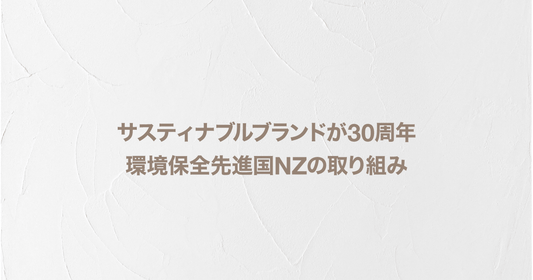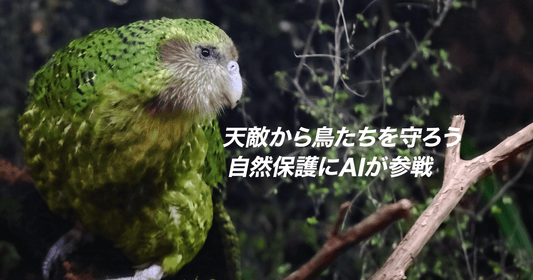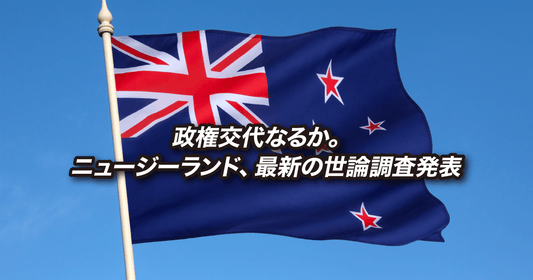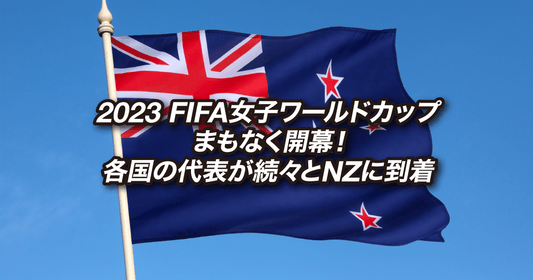
New Zealand road signs could become bilingual?
Public consultations have begun across the country regarding road signs in both English and Maori.
"Public consultation" is a method to gather opinions from the public before new policies or regulations are implemented. To that end, 94 bilingual road signs were installed in various locations on a trial basis.
↓What you see here is a “KURA/SCHOOL” sign, which means “school.”
Māori co-activation
In recent years, New Zealand has been actively promoting and protecting the indigenous Maori people and their culture.
Previously, the New Zealand national anthem was only sung in English, but about 20 years ago this was changed to being sung first in Maori and then in English.
Some Māori words are also commonly used without English translations, such as "whānau" meaning family and "iwi" meaning people or community. This may be similar to the use of the English words "family" and "community" in katakana.
There is also discussion about whether the country's name should be officially changed to its Māori name, Aotearoa. Some support the idea of writing the country in both Māori and English as Aotearoa New Zealand, and the Prime Minister has already started to refer to New Zealand as "Aotearoa New Zealand" in public speeches.
The Maori language is used in the construction of roads and villages, and is used in the construction of roads and villages in the Maori language.
Some people are calling for the name change
Today, most place names in New Zealand are a mixture of English and Maori.
For example, the largest cities Auckland and Wellington, and cities on the South Island such as Christchurch and Queenstown are obviously English, but some popular tourist destinations on the North Island use Maori place names such as "Rotorua" and "Taupo".
There is some discussion that place names and street names should use Māori names, just like country names, but in this trial run, it appears that the original Māori names will be left as they are, and only the English names will be written with the Māori names.
By the way, the Maori place names that left the most impression on me were "Paraparaumu" and "Taumata whakatangi hangakoauau o tamatea turi pukakapiki maunga horo nuku pokai whenua kitanatahu."
"Paraparaumu" means "oil left in the oven". The second one is the longest place name in NZ and means "the place where a man with big knees, who slid, climbed and swallowed the mountain, called the Land Eater, played a flute for his beloved". This one is hard to remember. What would happen if this was written with the English name...?
Bringing more light to the Māori language
Having Māori on road signs will help to make Māori more part of everyday life for the general public and increase support for the Māori language.
"The Maori language is a language that is spoken in harmony with the local language, and is a language that is spoken in harmony with the local language," said a spokesperson for the ministry.
Regarding these dual-language road signs, since dual-language writing naturally increases the number of characters that can be displayed on one sign, consideration will be given to how to shorten the number of characters.
For example, "The Expressway" is "Te Ara Puaki" in Maori, but if you write it as "Ara Puaki", it becomes "Expressway", and efforts have been made to make it as short as possible.
Whether road signs will officially be switched to dual-language Maori and English will likely depend not only on the outcome of this public consultation, but also on which party wins the general election in October.





